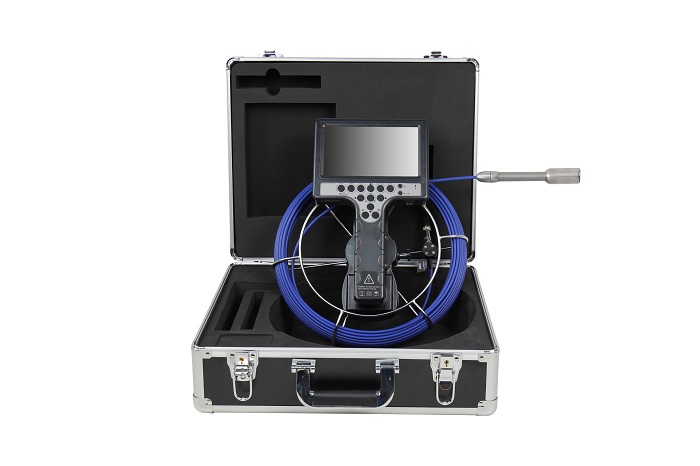Special Applications of Industrial Endoscopes: Beyond Visual Inspection
Introduction:
Industrial endoscopes are versatile tools designed for remote visual inspection in various sectors. While their primary purpose is to provide a direct view of inaccessible or hazardous areas, these devices have found unique and specialized applications in industries where precision, safety, and efficiency are paramount. In this article, we will explore some of the special applications of industrial endoscopes that go beyond conventional visual inspection.
- Aerospace Industry:
Industrial endoscopes play a critical role in the aerospace sector, where the integrity of components and structures is vital. They are used to inspect the interior of aircraft engines, inspect welds in tight spaces, and ensure the quality of composite materials. In this industry, specialized endoscopes equipped with high-resolution cameras and flexible probes allow engineers to identify defects and perform maintenance without disassembling complex machinery.
- Automotive Maintenance:
Automotive mechanics rely on industrial endoscopes to access hard-to-reach areas within engines, transmission systems, and exhaust systems. These devices assist in diagnosing engine problems, checking for carbon buildup in cylinders, and inspecting the condition of pistons, valves, and spark plugs. They can save time and reduce the need for extensive dismantling, making automotive maintenance more efficient.
- Pharmaceutical Manufacturing:
Pharmaceutical companies use industrial endoscopes for quality control and process monitoring. These devices help ensure the cleanliness and integrity of production equipment, inspecting pipelines, reactors, and mixing vessels. Endoscopes are crucial for identifying contamination or blockages that can affect product quality and safety.
- Food Industry:
Industrial endoscopes have found applications in the food processing industry for inspecting pipelines, tanks, and processing equipment. They are used to verify the cleanliness of equipment, detect blockages, and identify areas that may harbor bacteria. This ensures compliance with hygiene and safety standards, crucial in the food industry.
- Search and Rescue Operations:
In emergency situations, such as building collapses or confined space rescues, industrial endoscopes can be used to locate and assess trapped individuals. Equipped with powerful illumination and cameras, these specialized endoscopes aid in providing real-time information to rescue teams, helping them make informed decisions and save lives.
- Archaeology and Cultural Heritage Conservation:
Industrial endoscopes are employed in the non-destructive examination of archaeological artifacts and historical structures. They enable researchers to peer inside ancient objects, inspect wall cavities, or study the interiors of delicate artifacts without causing damage. This technology is instrumental in preserving cultural heritage.
Conclusion:
Industrial endoscopes have transcended their traditional role as visual inspection tools, finding specialized applications in various industries and unique settings. Their ability to access remote and challenging spaces while delivering high-quality images has revolutionized processes, improved safety, and expanded our understanding in fields ranging from aerospace to cultural heritage preservation. As technology continues to advance, we can expect even more innovative applications for industrial endoscopes in the future.


